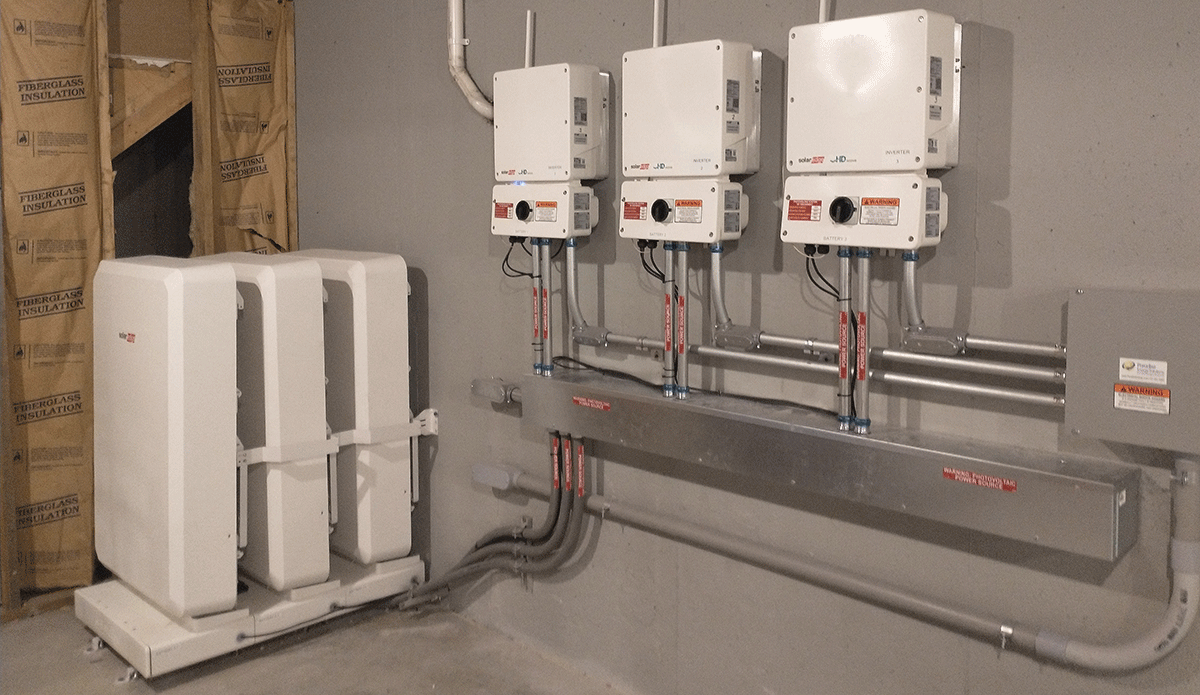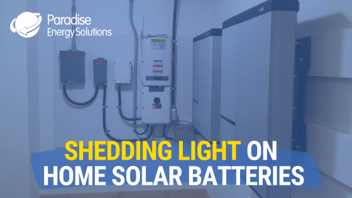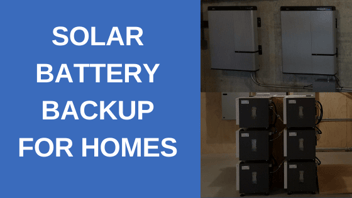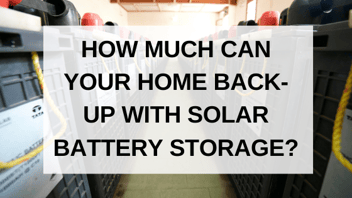Understanding Solar Energy Storage: Advantages of Lead-Acid Batteries.
Lead-acid batteries have been commercially available for over 100 years and have been used for off-grid solar systems for decades.
Lead-acid batteries come in a few different types, including wet-cell or flooded lead acid batteries, gel cell, and absorbed glass mat (AGM batteries). For decades, wet-cell deep-cycle batteries were the go-to for off-grid systems, providing dependable storage for a relatively low cost.
However, flooded batteries need to be refilled regularly with water to prevent the electrolytes from evaporating during charging. While gel and AGM don’t require this added maintenance, they are typically more expensive and have a shorter battery life.
For all types of lead-acid batteries, their popularity is in part to the ratio of watt-hour capacity and cost. However, as one of the cheapest options for battery backups, they also tend to have a shorter life and lower DoD (about 60%) than lithium-ion batteries.
With a relatively low battery life, you may find yourself replacing them every few years. This can be shortened if you don’t care for and use your battery properly. Additionally, lead-acid batteries tend to be heavy, large, and can produce harmful gasses if overcharged.
Another caveat is their need for regular use, maintenance, and ventilation. You should keep this in mind if you are not able to regularly use and maintain the battery.
While lead-acid batteries are an affordable, tried-and-true method of solar energy storage, their low DoD and their need for regular maintenance might make them an impractical backup system for your grid-tied home or business.
Understanding Solar Energy Storage: Advantages of Lithium-Ion Batteries.
Lithium-ion batteries have grown to become the most popular method of solar storage, and are rapidly improving and becoming more affordable as electric vehicle companies like Tesla spearhead their continued development and improvement.
As a smaller, sleeker, and longer-lasting option, lithium-ion batteries are a great option for solar energy backup, but they do come with a higher price tag compared to lead-acid batteries.
Lithium-ion batteries offer a much higher DoD over lead-acid batteries (about 80% - 90%), meaning you can use more of the battery’s charge to power your loads. They also have a much longer battery life, meaning it will last longer than a lead-acid battery, which can help offset the initial cost.
If you are looking to provide power to equipment that runs on a lot of electricity - like heavy electrical equipment, lithium-ion batteries tend to be a better bet over less-powerful lead-acid batteries.
Though there are some safety concerns regarding fire, lithium-ion batteries do not produce the toxic gasses that lead-acid batteries do. They also require little maintenance and their lighter body means easier installation.
Understanding Solar Energy Storage: Advantages of Saltwater Batteries.
Saltwater batteries or sodium batteries use salt to produce power. Their ability to produce non-toxic, long-duration power make them a safer option. Unlike lithium-ion batteries, saltwater batteries can be drained. If you try and do this with lithium-ion or lead-acid batteries, you will damage the batteries and they can fail.
Saltwater batteries are the best option if you’re concerned about safety. Not only do they lack the harmful chemicals included in lead-acid batteries, they can operate in a broader temperature range, and their chemical composition leads to essentially no risk of fire. They’re also fully recyclable.
Though not as expensive as lithium-ion batteries, saltwater batteries do cost more than lead-acid batteries. They also tend to offer less in terms of capacity and power, compared to lithium-ion batteries.
So whether you’re most concerned about initial investment, overall efficiency, or safety, the right battery for a solar system is based on your specific needs.
At Paradise Energy, we’re currently installing lithium-ion batteries for our customers and are actively researching other technologies to consider on a case-by-case basis.
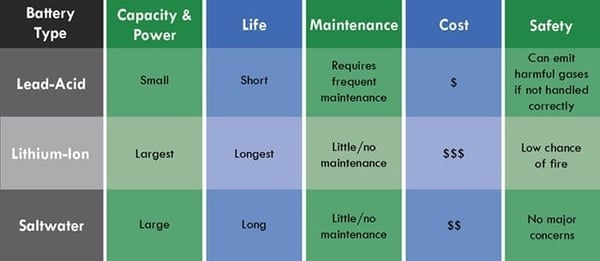
Want to learn more? Sign up for our four-part video series to learn more about the installation process and cost.

